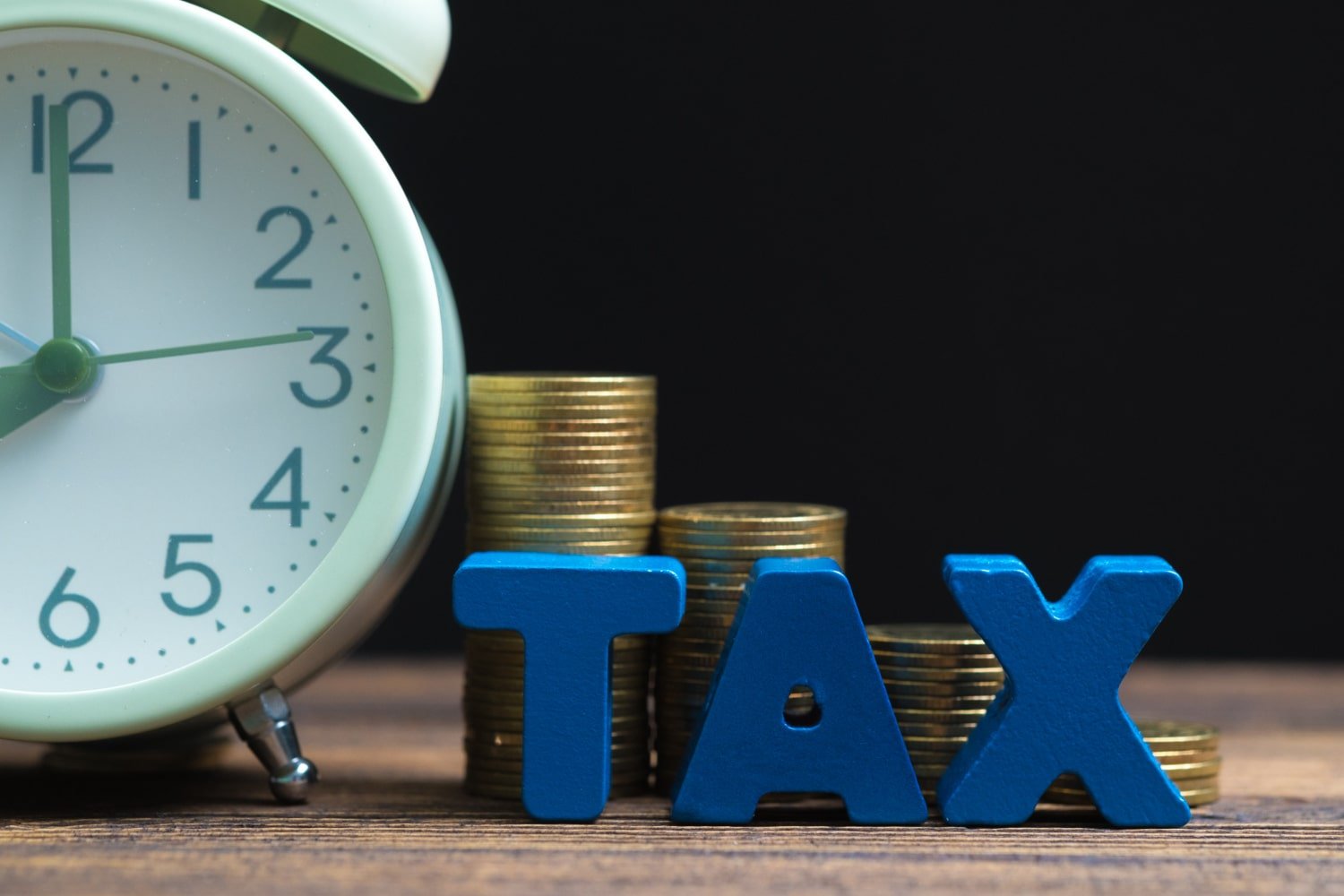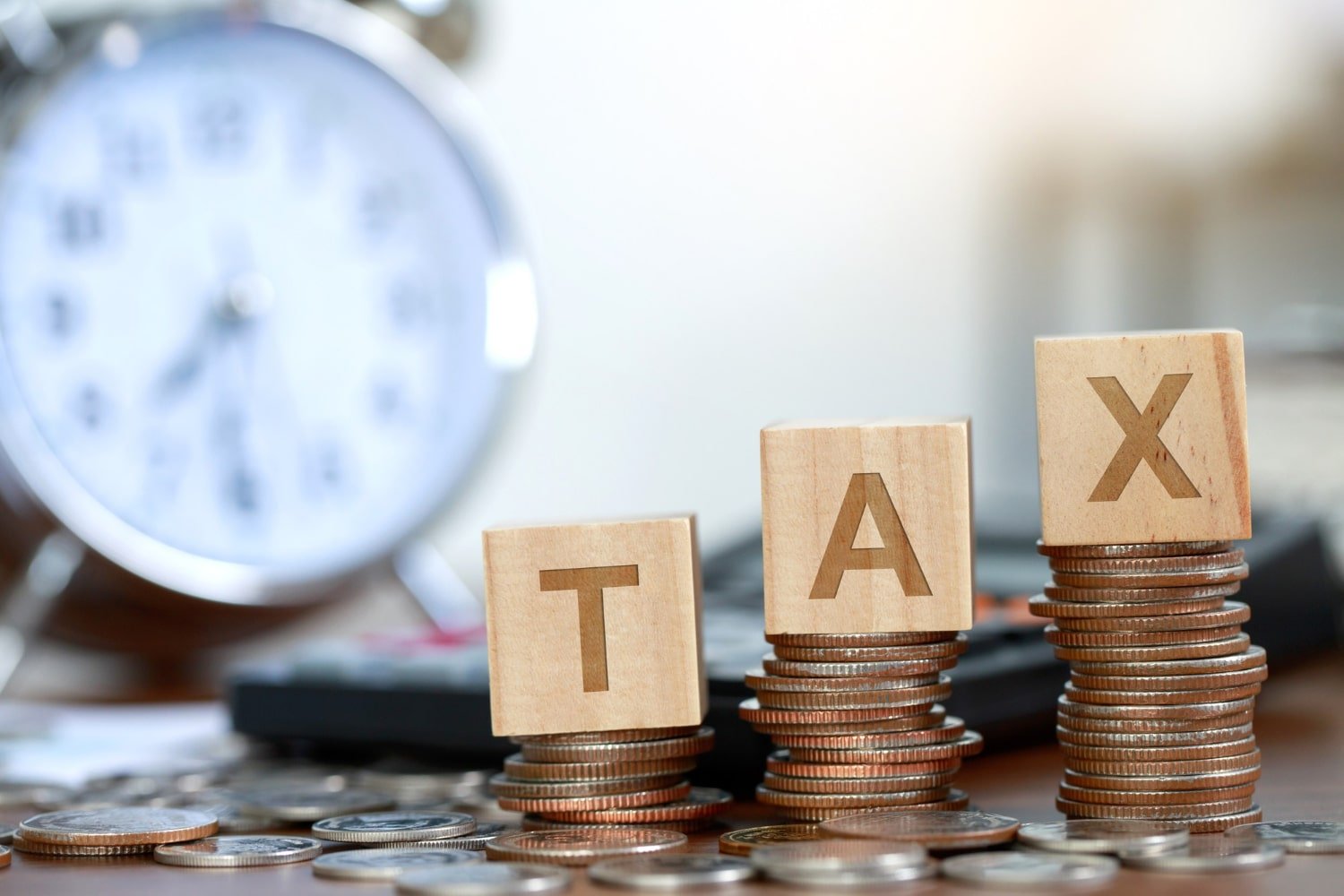Usually, a lease is a transaction between the property owner (lessor) and the tenant (lessee). The lease provides the tenant a right or interest in the property.
Under lease transaction, the lessee makes one-off payment called “lease premium” to the lessor. In the UK, a lease premium is taxable in several ways and is not easy to understand.
This article gives you a clear picture of which kind of tax applies and in what kind of lease transactions.
Firstly, lets discuss two common lease transactions: granting a lease and selling a lease.
Granting of Lease Vs Selling Lease
Tax applies on both lease transactions: granting of lease; and selling lease.
When the property owner enters the lease transaction with the lessee, this is called granting of lease. When a lease is granted, the lessee will be entitled to “leasehold interest” and the lessor will retain some interest in the property called “freehold interest”.
After the lease is granted, the lessee obtains leasehold interest in the property. The lessee can sell his leasehold interest to another person, and this is called selling lease (or assigning lease).
Tax on Granting of Lease

Granting a lease is a form of property disposal (because the lessor transfers the “leasehold interest” to the lessee). But it is not considered a full disposal of property. This is because, only the leasehold interest passes to the lessee, but the “freehold interest” remains with the lessor. Granting a lease is considered a part disposal and therefore Capital Gains Tax (CGT) applies.
But it is not only the CGT that applies to granting a lease. Income tax might also apply (depending on the length of lease).
Granting a Long Lease
In the case of granting a lease of more than 50 years, only CGT, and not income tax applies. The transaction is deemed part disposal. Hence only part of the acquisition cost can be deducted when calculating CGT.
Allowable acquisition cost will be Acquisition Cost multiplied by A/(A + B)
{A = the gross amount of the premium paid}
{B = the value of the remaining interest of the lessor in the property}
Granting a Short Lease
If the lease is granted for 50 years or less, two taxes apply to the premium. Some part of the premium is treated like rent (and income tax is charged) and the remaining part is treated as a capital portion (and CGT applies).
Capital portion of premium (denoted by “a”) will equal to 2% of the premium multiplied by “N-1” i.e., 2%*(N-1)*P
Where,
P= Premium received
N= Number of years of the lease
The remaining amount of the premium (Total premium – Capital portion of premium) will be treated like rental income.
Calculation of Capital Gains on the Premium
Assigning a lease (whether short or long) is considered part disposal, therefore the capital gain is the:
Capital portion of the premium (as shown above) minus Allowable Acquisition Cost (calculated using part disposal formula).
Where,
Allowable acquisition cost = (acquisition cost)* a/(A+B)
|
a = |
Capital portion of premium (as calculated above) |
|
A = |
Premium received |
|
B = |
Remaining interest of lessor in the property |
Example
On 6 April 1986 Miss Smith bought a freehold property in the UK for £45,000. On 6 April 2019 she granted a 46-year lease for a premium of £35,000 and a rent of £2,000 a year. The value of the freehold subject to the lease was £50,000.
Calculation of Income and Capital Gain
|
Capital portion of the premium |
2%*(N-1)*P = 2%*(46-1)*35,000 |
£31,500 | |
|
Allowable Cost {a/(A+B)×Acquisition cost} |
45,000× {31,500÷(35,000+50,000)} |
£16,677 | |
|
a = Capital part of the premium = £31,500 |
|
A = Entire premium = £35,000 |
|
B = Remaining interest |
|
Chargeable gain |
Capital portion of premium (£31,500) – Allowable cost (£16,677) |
£14,823 | |
|
Amount charged to Income tax |
Premium (£35,000) – Consideration for CGT (£31,500) |
£3,500 | |
Note: The above calculation is for the lessor. Similar treatment applies for the lessee. Out of the £35,000 he pays; he can deduct only £3,500 as expense for corporation tax (if the lessee is company) or income tax (if the lessee is individual).
Tax on Sale of Lease

A lessee possesses a leasehold interest in the property. He can sell this interest to another person. This sale of lease is like property disposal and is subject to Capital Gains. The amount of gain depends on the number of years remaining in the lease when it is sold.
If you sell a lease which has more than 50 years to run, capital gains should be calculated in normal way: Proceeds minus Allowable Acquisition Cost (or Allowable Cost).
If you sell a lease which has 50 years or less to run, capital gains calculation is not normal. Proceeds will simply be the premium received. But allowable Cost is calculated by multiplying the acquisition cost by a fraction- S/P
Where,
S= % for years of the lease remaining at the date of sale
P= % for years of the lease remaining at the date of purchase
These percentages can be found at legislation-Sch 8 TCGA 1992.
Example
Balen bought a 39-year lease In February 2020, the taxpayer sells the lease for £90,000. As 13 years have expired between February 2007 and February 2020, the taxpayer is selling a lease with 26 years left to run. Calculate the amount of capital gain.
Capital gains= Proceeds – Allowable Cost.
Of the total cost of acquisition £59,000, we need to calculate the amount of allowable cost by using formula- (S/P)*Cost of acquisition
Referring to the lease depreciation table of legislation (Schedule 8, Taxation of Capital Gains Act 1992),
|
S |
lease % for 39 years i.e., original period of lease |
94.842 | |
|
P |
lease % for remaining years i.e., 26 years |
82.496 | |
Therefore,
Allowable Cost will be
Hence,
|
Capital Gain |
£90,000 (proceeds)- £51,319 (allowable cost) |
£38,681 | |

Tax on deemed lease premium (Anti-Avoidance)
Usually, the amount which is paid upfront while buying a lease is the lease premium. But in some cases, other lumpsum amounts received, or any other economic benefits derived from lease transactions can also be treated as a premium. This is called a deemed premium. Here are some examples:
Deemed Premium- Rise in Value of Property
In the case that the lease is for less than 50 years, if the tenants carry out any work in the property as required by the lease terms, the resulting increase in value of the property is deemed to be a lease premium.

For example,
A landlord may grant a building under construction to the tenant, requiring the tenant to complete the remaining works. Here, the landlord receives lower premium amounts than normal lease transactions and pays lower tax. But the tax he saves is compensated by extra tax payable on the deemed premium (the amount of increase in the value of property).
Deemed Premium- A Sum Received During Surrender of Lease

In the case that the lease is for less than 50 years, and if the term of the lease requires the tenant to make payment on surrender of the lease, the amount payable on surrender is the deemed premium. There will be two parts of the premium (the amount chargeable for income tax and the balance amount chargeable for capital gains tax) (CTA 2009, s 220; ITTOIA 2005, s 280).
Deemed Premium- A sum Received for Variation of Lease Terms
Where a tenant is required to pay for the variation or waiver of the terms of lease, the amount payable is to be treated as a premium. The length of lease is the time for which the waiver or variation will be effective. The deemed premium will be split into two parts: the amount chargeable as income tax, and the amount chargeable as capital gains (CTA 2009, s 221; ITTOIA 2005, s 281).

Deemed Premium- One-Off Amount Instead of Regular Rent

For a lease of less than 50 years, if the terms require the tenant to pay an amount in lieu of rent for some year(s), such an amount is deemed a premium. The period for which the premium replaced the rent will be the length of time used to calculate the chargeable gains / income (CTA 2009, s 219; ITTOIA 2005, s 279).
Deemed Premium-Difference Between Actual Premium and its Market Value
An individual or business may twist the transaction to alter their profit/income position. When a business has more taxable profit, they may try to increase expense (by buying a lease for more than market value). Later, they will recover the overpaid premium by selling the lease below market rate. (CTA 2009, s 222; ITTOIA 2005, s 282).

Legislation restricts this manipulation of lease transaction by charging tax. The taxpayer may need to pay income tax (or corporation tax if it is a company) on the lower of:
- Difference between market value and lease premium value at the time of granting of lease
- Difference between market value and lease premium value at the time of sale of lease
Lease and Capital Allowance
Sometimes, the granting of lease might affect capital allowances (specifically Structures and Building Allowances – SBA). An SBA is an allowance that the businesses can claim and equates to 3% of the capital expenditure carried out in a commercial property. As per CAA 2001, part 2A, SBA can be claimed by the lessee if:
- The period of lease is 35 years or longer and,
- The market value of the interest retained by the lessor is lower than one third of the premium.
Lease and Stamp Duty Land Tax
For stamp duty land tax (SDLT), buying a lease is the same as buying a property. Hence, the rate of SDLT that applies for a property purchase also applies to the lease premium a lessee pays. Read our article “A Complete Guide on Stamp Duty Land Tax” to know the rates.
Frequently Asked Questions
What does a lease surrender mean and how does tax apply in this case?
A lease surrender is an early termination of lease. Tax treatment varies depending on conditions. Explore our Article “Lease Variation and Lease Surrender” for more details.
How is tax calculated in the sum received for extension of lease?
Normally, Capital Gains Tax is payable on such amount received. Explore our Article “Lease Variation and Lease Surrender” for more details.



